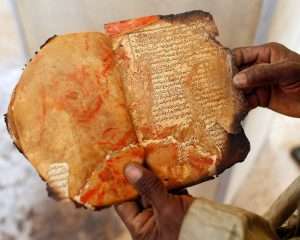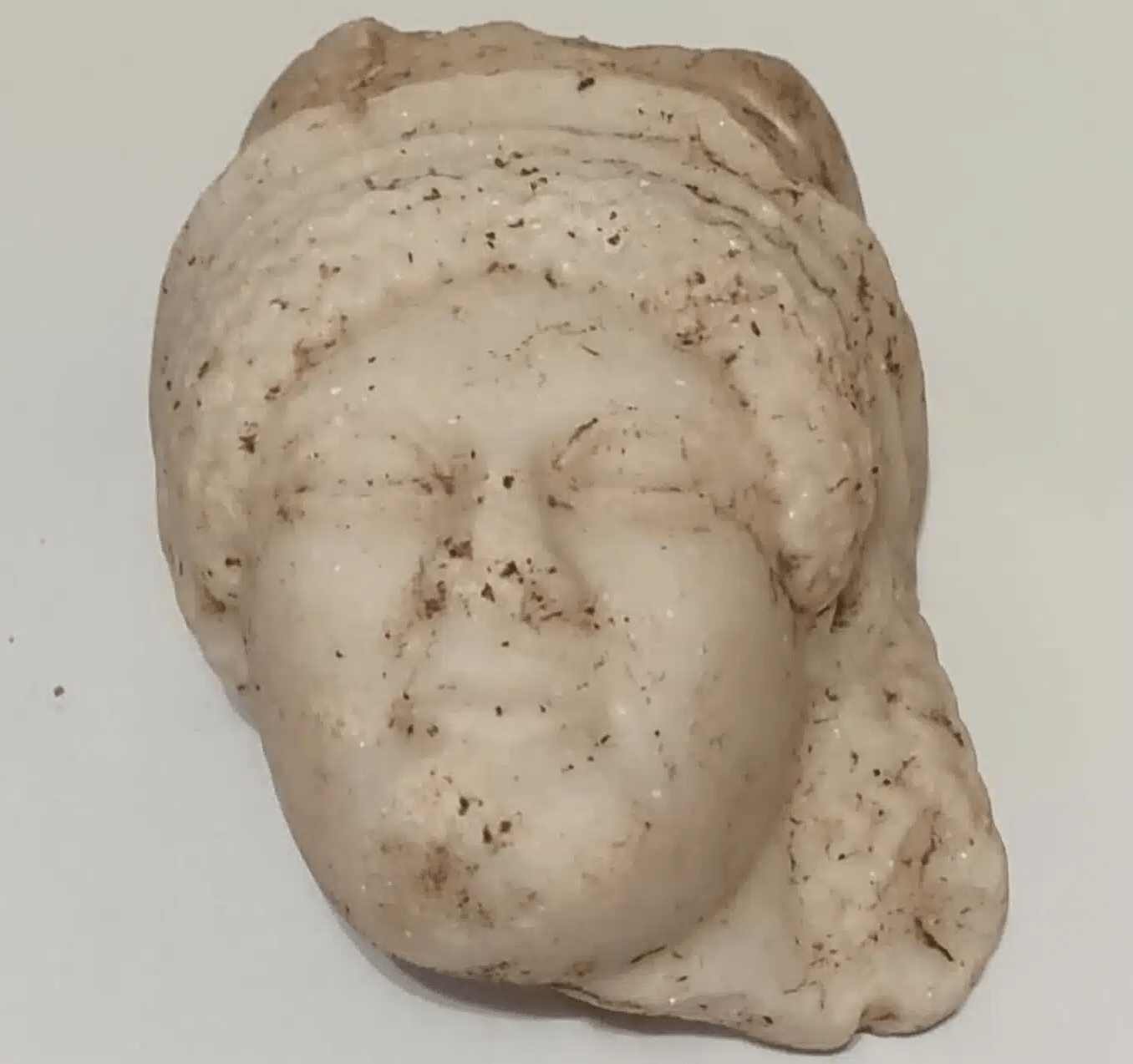Moroccan Handicraft Treasures program launches third edition

Moroccan Handicraft Treasures program third edition inaugurated in November 2025 (via Hespress)
The “Moroccan Handicraft Treasures” program was launched in its third edition on 11th November under the patronage of King Mohammed VI, which aims to preserve traditional crafts that are at risk of extinction, reported Africa News.
The launch event took place in Rabat and was organised in partnership with UNESCO by the Secretariat of State in charge of Traditional Handicrafts and the Social and Solidarity Economy.
The Moroccan Handicraft Treasures program, which was first launched in 2023, has two main goals: preserving ancestral skills by training the youth in craftsmanship, and promoting innovation among the upcoming generation.

The Moroccan King’s Advisor, André Azoulay, said that the Moroccan artisans each reflect the spirit of Moroccan civilisation, describing them as a “true treasure”. He said that the artisans’ work enriches the nation’s shared heritage, identity, history and anchors the Kingdom’s centuries-old memory.
He also underscored the global reach of Moroccan craftsmanship, noting that the country’s artisans stand as “an inspiring and exceptional testament to Morocco’s expertise.”
Lahcen Saadi, Secretary of State in charge of Traditional Handicrafts and the Social and Solidarity Economy, said that the program has been able to safeguard more than 32 crafts which were recognised as being at risk of extinction. He said, “Through this training program, we will prepare more than 350 new instructors in all these crafts.”
Sharaf Ahmimd, Director of the UNESCO Office in the Maghreb-Arab Region, highlighted the vital need to preserve traditional manual techniques, such as leather, which is crafted by hand. “Participants saw, for instance, that a saddle cannot function without leather,” he explained.
In 2023, Maghrebi reported how the the informal sector was straining the Moroccan economy; as many Moroccan artisans have traditionally worked in the informal sector, facing low pay, long hours, and little social protection—conditions highlighted by the then High Commission for Planning head Ahmed Lahlimi, who noted that informal workers put in an average of 145 extra hours annually compared to their formal counterparts.
The National Crafts Registry in 2024 claimed that 395,000 artisans were registered in its registry, aiming to address these challenges by formalising their work, providing social benefits, training, and regulatory oversight. The Ministry of Tourism and Handicrafts reported last year that the handicrafts sector contributes 7% of the GDP and employs 22% of the population.
The 2025 edition was themed “From the heritage of ancestors to the creativity of descendants: a youth that safeguards Moroccan identity”, while the first edition of the Moroccan Handicrafts program focused on Blouza of Oujda, Embroidered saddles, Zellige of Tétouan, Tent weaving, Embroidery of Salé, and making musical instruments.
The Ministry of Handicraft had previously emphasised that this Moroccan Handicraft program would focus on maintaining high quality and eventually establish a Moroccan heritage brand globally to protect Morocco’s tangible and intangible heritage.
Africa News, Maroc, Maghrebi.org
Want to chase the pulse of North Africa?
Subscribe to receive our FREE weekly PDF magazine













